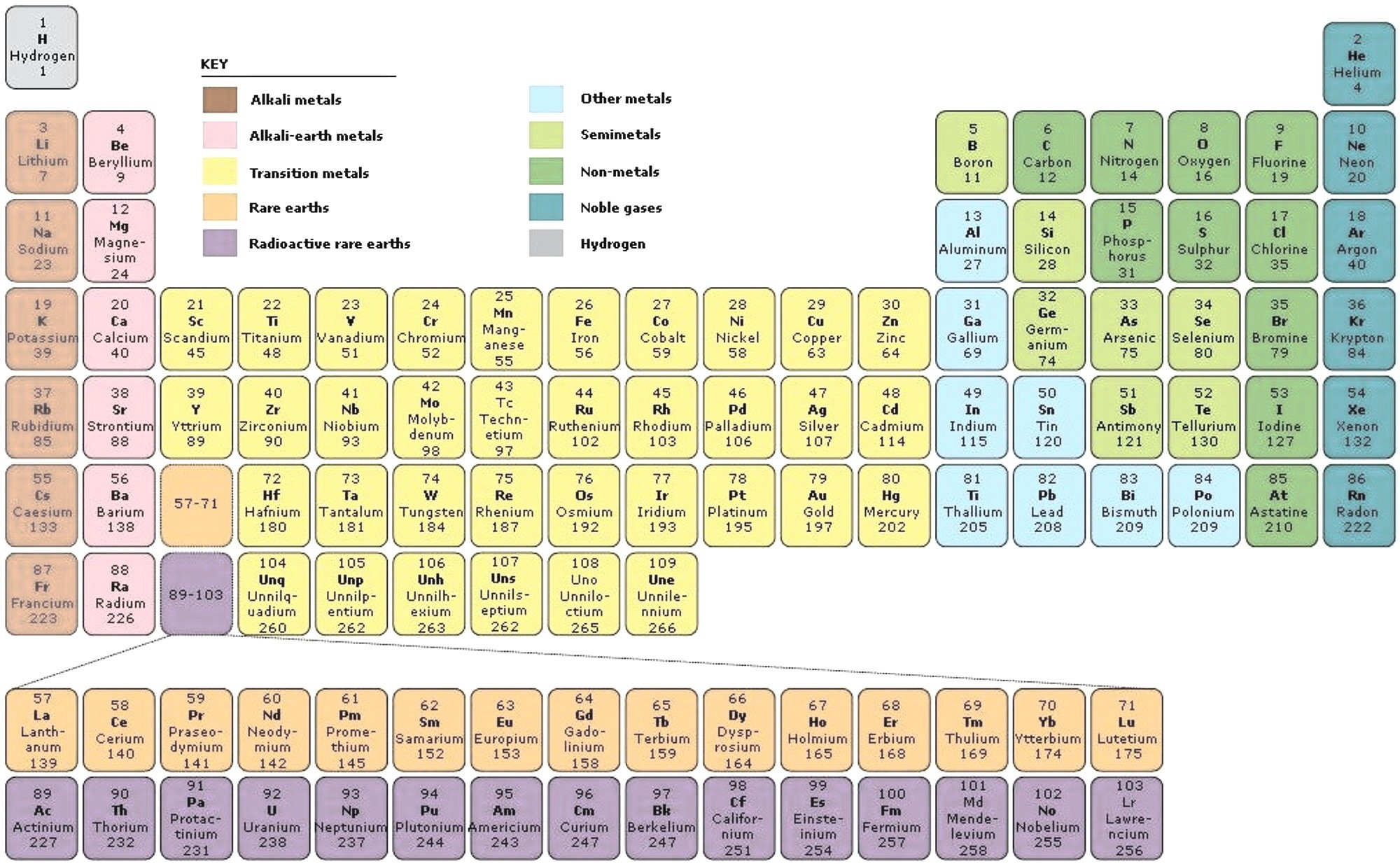This is why EV's blow up.
In what way and in what form does lithium react with water?
Lithium reacts intensely with water, forming lithium hydroxide and highly flammable hydrogen. The colourless solution is highly alkalic. The exothermal reactions lasts longer than the reaction of sodium and water, which is directly below lithium in the periodic chart.
2 Li(s) + 2 H2O -> 2 LiOH (aq) + H2(g)
This is why EV's blow up: Lithium reacts intensely with water, forming lithium hydroxide and highly flammable hydrogen.
US LEGAL resident alien, WWG1WGA, Out of Darkness into Light. Tallyho!!
Due to high Amp fast charge, the cells inside the battery case warp, and this creates heat - that eventually bends the casing so the chemicals are released, as gases.
It seems EV owners are not interested in this information, or think its funny...
SLOW trickle charge, ie LOW Amps, is the only SAFE way to recharge, and maintain your battery life.
We have rooftop solar with battery back up, so I do know what I am talking about.
The chemical property of Lithium, is that this element will EXPLOSIVELY react with water
Lithium + water = Explosion + a chemical fire.
This is high school Chemistry, by the way.
US LEGAL resident alien, WWG1WGA, Out of Darkness into Light. Tallyho!!
For the lithium to contact water, it has to be free of the casing... heat is the key element, and fast charging, which is caused by high Amp generating, is where this begins.
High school physics... but ev owners do not want to hear this.
Well it's both.
The physics may be in the heat causing the battery to leak the Lithium.
However the reaction of Lithium with water can be explained by high school chemistry.
I will never forget when my high school Chemistry teacher demonstrated the highly reactive property of Alkali Metals.
"Lithium is the first of the alkalis in the periodic table. In nature it’s found like a mixture of the isotopes Li6 and Li7. It’s the lightest solid metal, it’s soft, silvery-white, with a low melting point and reactive."
Sodium is the second of the Alkali Metals. My teacher took a tiny piece of sodium from a heavily sealed brown glass container and dropped it into a large container of water.
The explosion was immediate and quite startling.
The Sodium and water were both at room temperature.
Alkali metals all have very similar properties.

